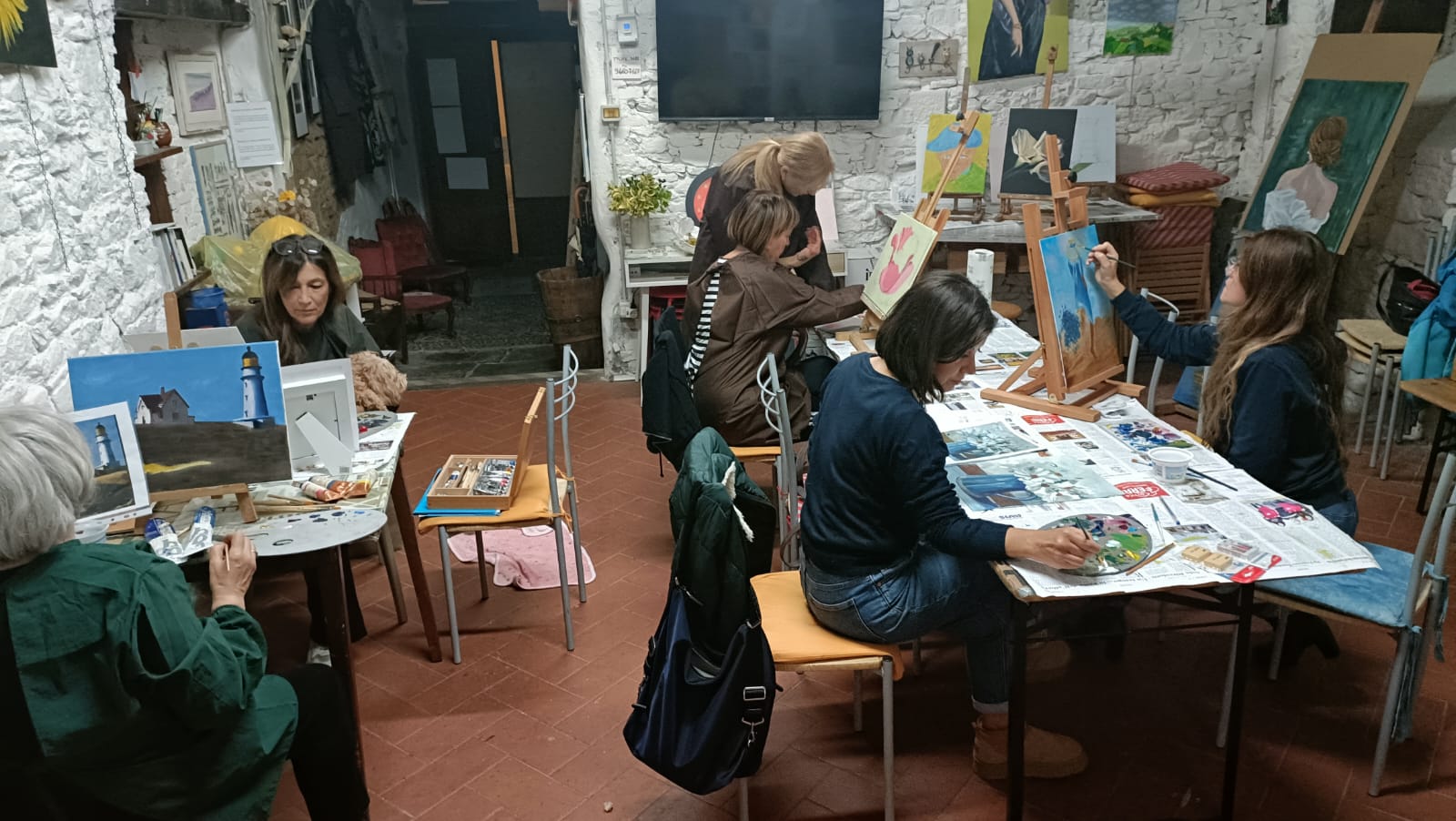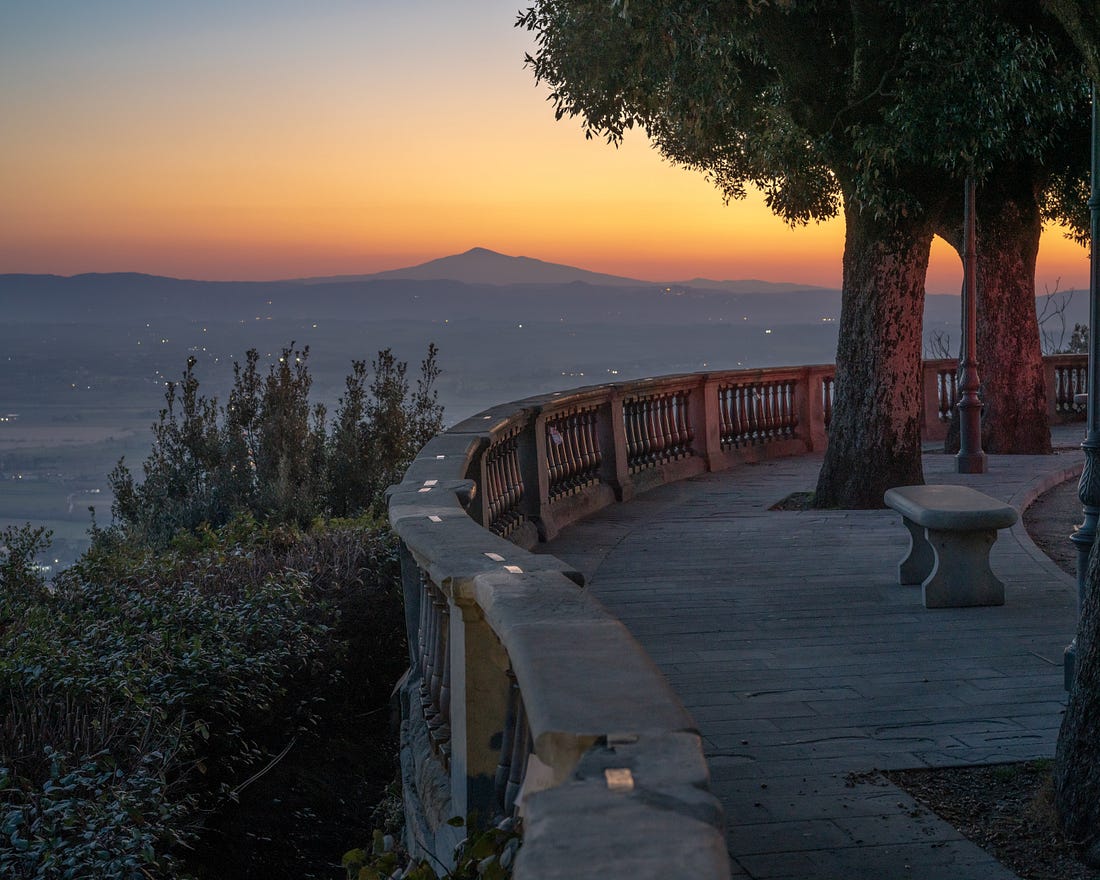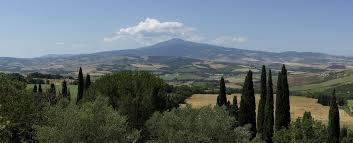Lucy Wood has spent a lifetime travelling between Kenya and Italy – the former where she spent much of her childhood and adult working life – the latter where she and her Italo-Canadian-English husband, chose to ultimately raise their children. The two countries, as she says, are poles apart in almost every respect, both offering different opportunities and challenges…
Tuscany, Cortona will be familiar to most readers of this blog: its beauty, rolling hills, medieval hilltop towns, unparalleled art spanning 2000+ years, food, wine, olive groves, oak woods. Here, currently, our life tends to be driven by the seasons; pruning the olives and gardening in spring, looking after guests for the summer months, olive picking in October, intermittent with other projects.
Kenya is also known for its extraordinary natural beauty, ranging from the semi-arid desert to snow-peaked (still!) mountain ranges, stunning forests, vast savannas and its magnificent coastline – all treasured haunts of the safari goers. This is coupled with its fair share of natural/man-made problems: droughts, famines, resource scarcity, election disputes, corruption, and so on.
Maasai Mara plains
Kiunga Island
Murit Pass, Matthews Range
For those who follow ‘Africa’ issues, there are plenty of accounts exploring its colonial history and the enduring impact, the power struggles among dynasties and emerging political elites, transactions with the West as opposed to China, its booming population and ever-growing inequality.
Less in the limelight are some of the extraordinary initiatives of which Kenya can be proud. It was one of the first countries to ban single-use plastic in 2017, paving the way for innovative solutions to emerge.
Bahari Moja, a community-based organization, is piloting a model engaging women and youth in the collection, sorting and conversion of materials into saleable products such as eco-bricks and crafts, or HDPE*, PET* and flip-flops as raw materials for external markets. This creates a circular economy whilst improving human and environmental health.
Bahari Moja beach cleanup
Bahari Moja eco-brick mud casing
Bahari Moja – eco-brick construction
Nai Nami (‘Nairobi na mimi’ - Nairobi and me) is a group of former street children who have come together to share with tourists (and residents) the flip side of the safari scene.
As the city's best storytellers, guides Donga, Kissmart, Cheddaz, Mrembe and Priest, who come from Mathare, one of Nairobi’s biggest slums, accompany you on a city tour. All of them dropped out of primary school and raised themselves on the streets.
NaiNami story tellers
They let you experience their former “home” by inspiring you with their life stories, showing you how they survived through begging and hustling. They will also teach you their street skills and give you the real insights. Even more important, they share with you how they have transformed their lives and nowadays are trying to improve the situation of their families and friends.
Memories are selective, and globally bad news seems to dominate. This has inspired the community of Lamu to come together to show their true spirit, and move the narrative forward from unsettling times 11 years ago.
Shela at dawn, Lamu
Events such as the New Year’s Day dhow boat race bring to the forefront the skill required in sailing these extraordinary traditional boats; while the Shela Silly Hat Contest shows their ingenuity and creativity, and provides lots of fun.
Dhow race
Dhow race finish line
Silly Hat contest photo credit Gabriela Trzebinski
We are fortunate to be able to leave the Tuscan winter behind us and to head to Kenya just when the rains should be finishing and the sun coming out, not that weather is the defining criteria.
While Italy allows you to soak up centuries of history, through its architecture and deeply embedded traditions, Kenya presents a growing middle-class, with youth aspiring to make changes. Witnessing, and sometimes participating in these processes accounts for much of the lure of Kenya, along with enjoying the wilderness and more remote parts of the country.
Samuru fashion! – photo credit Leah Simmons Wood
Donkeys, Lamu
Kitisch Forest, Matthews Range
A recent gift ‘Two houses in One’ encapsulates the importance each place represents to us.
Two houses in One
1* High Density Polyethylene (HDPE) is a type of commonly produced plastic made from ethylene and having a relatively high density, used chiefly for plastic bottles, piping, and replacement of wood.
2* Polyethylene terephthalate (PET) is a form of polyester. PET bottles and containers have been safely used to package beverage, food, personal care and household items since the introduction of the first PET bottle in the 1970s.


















